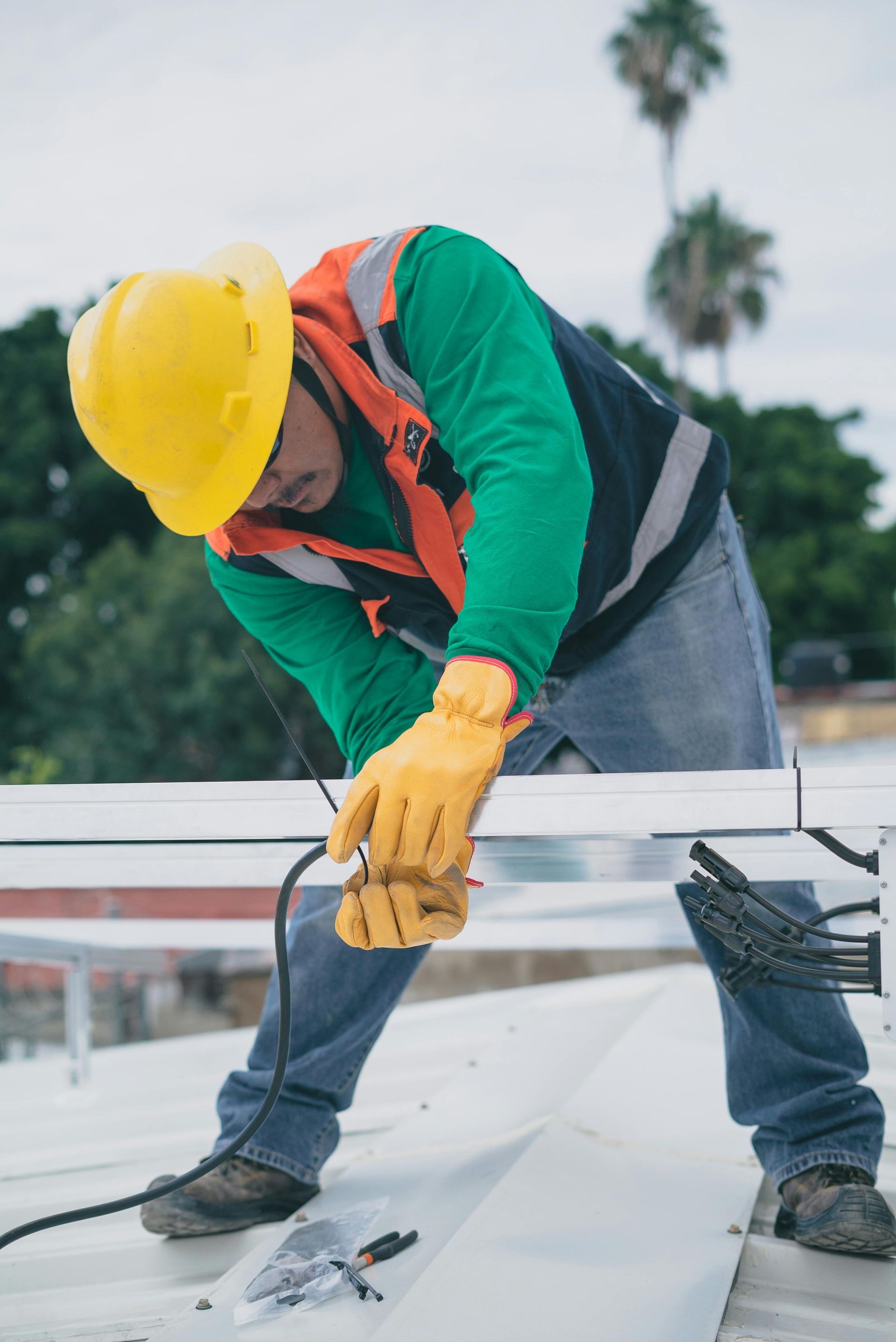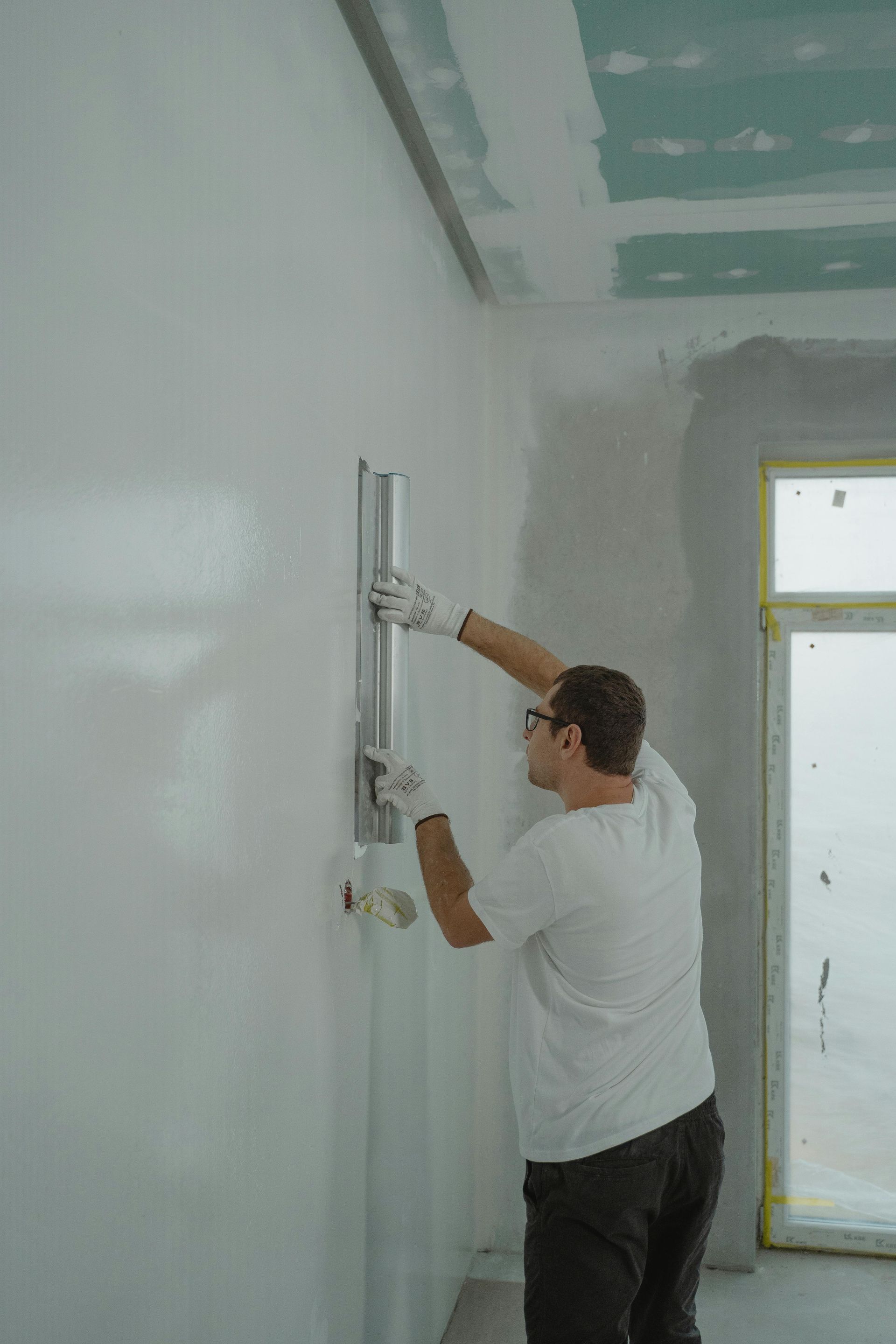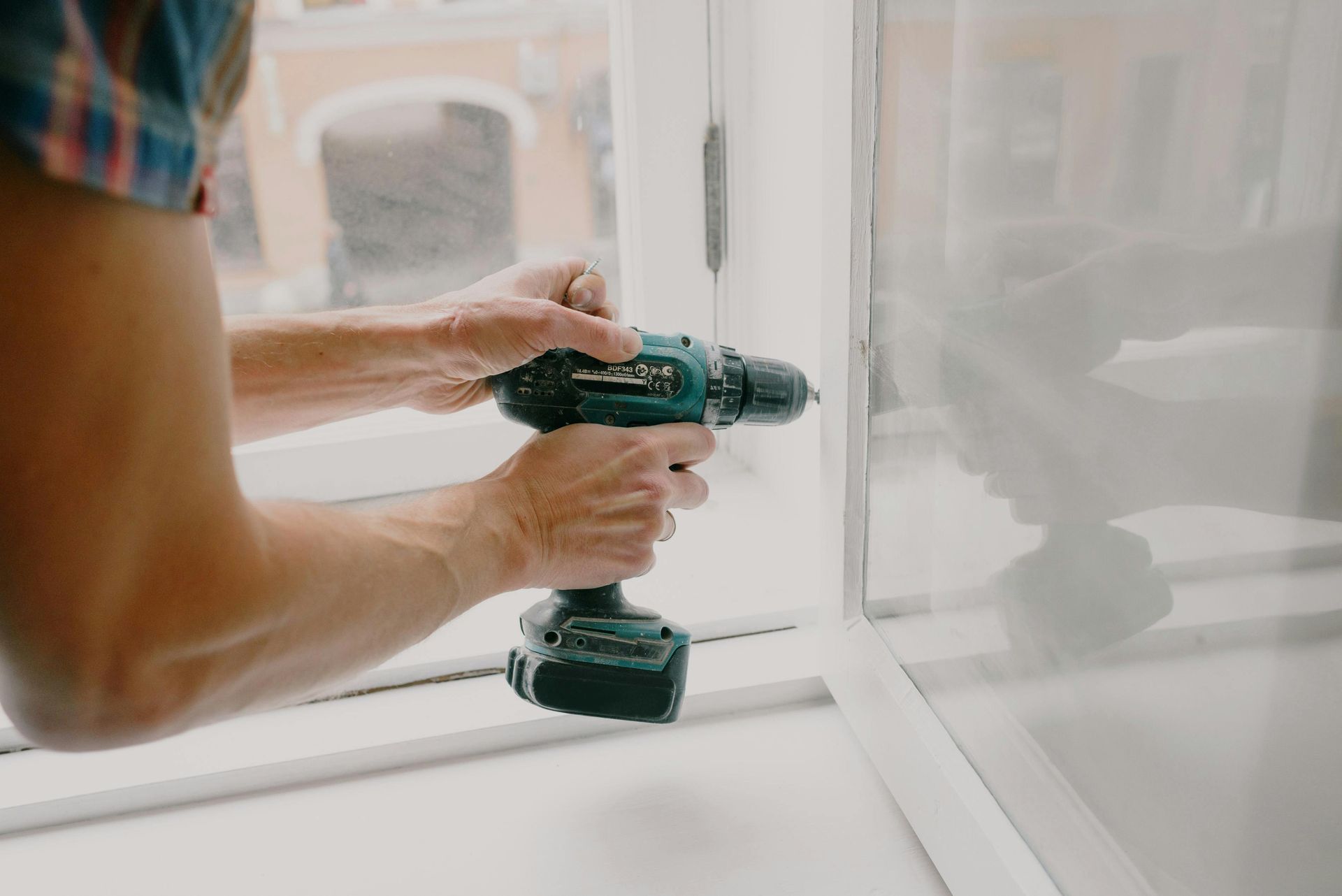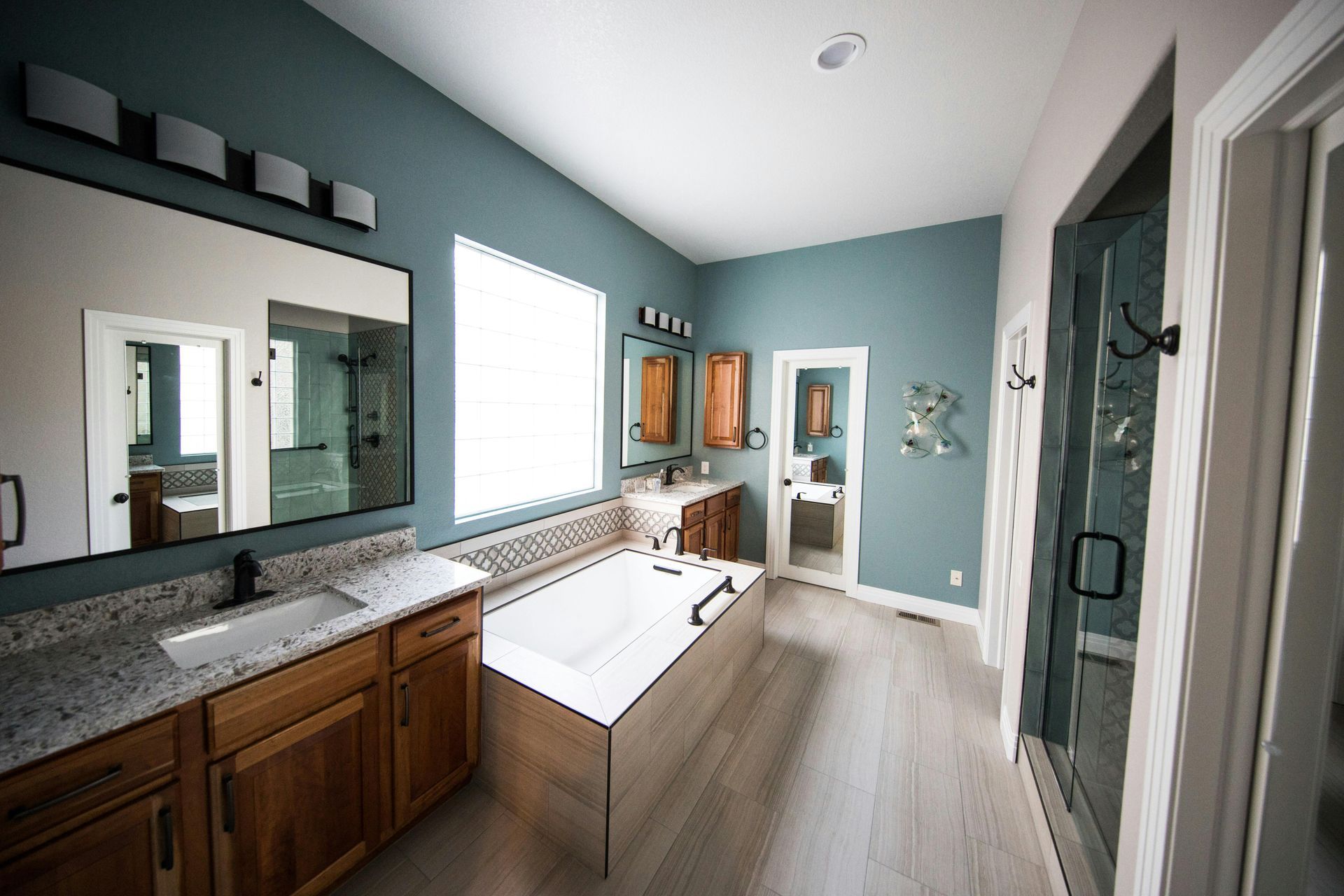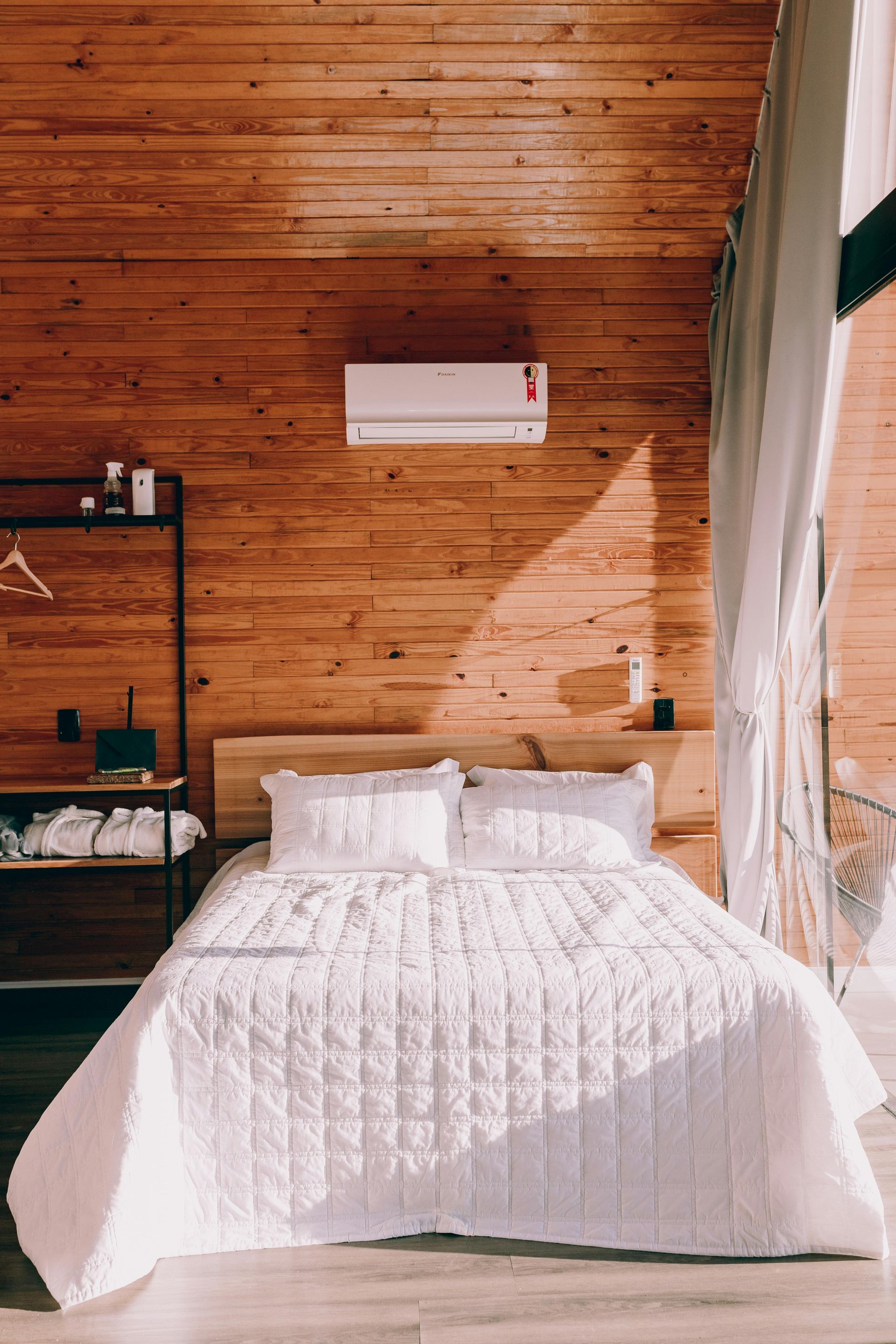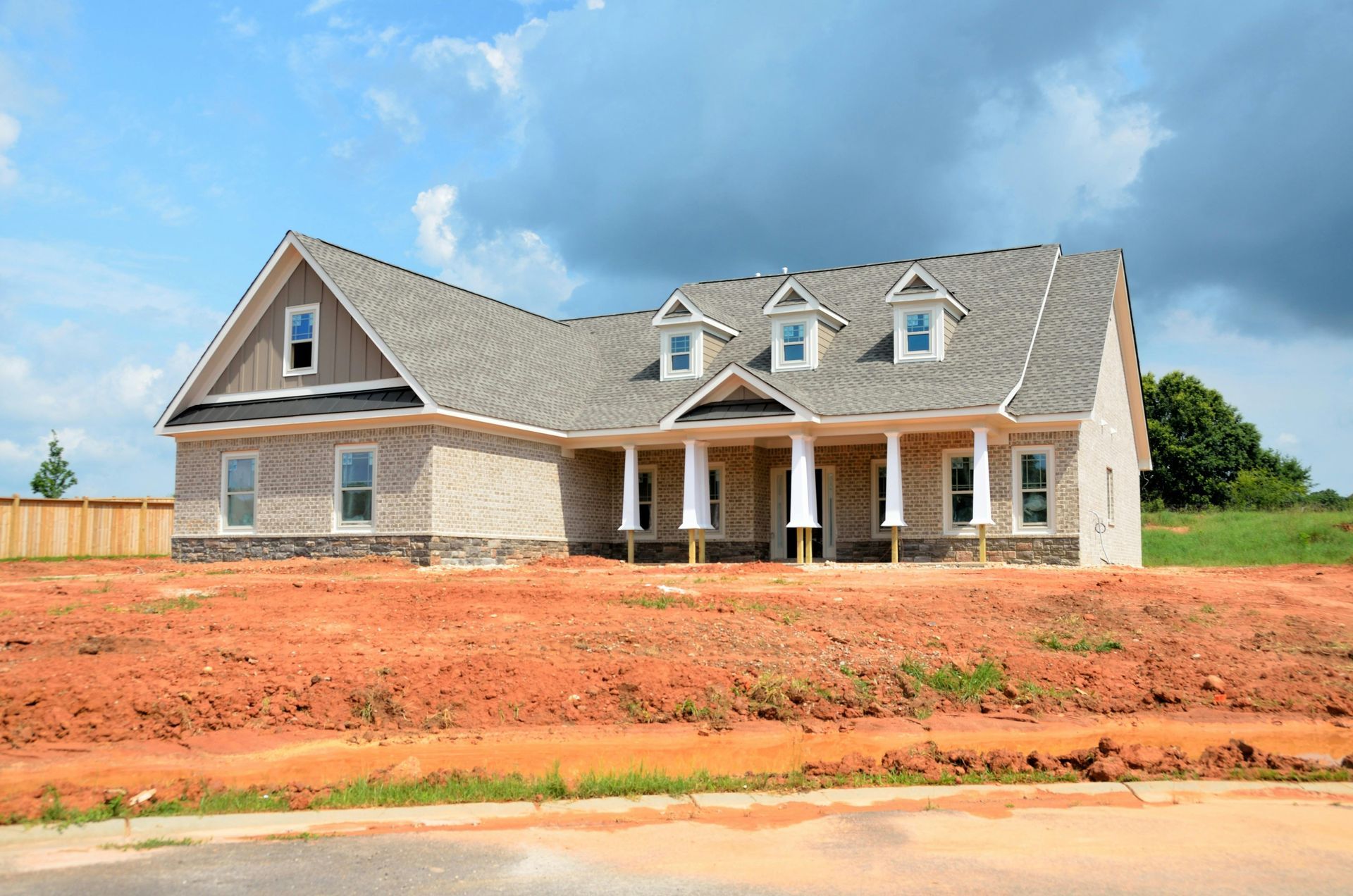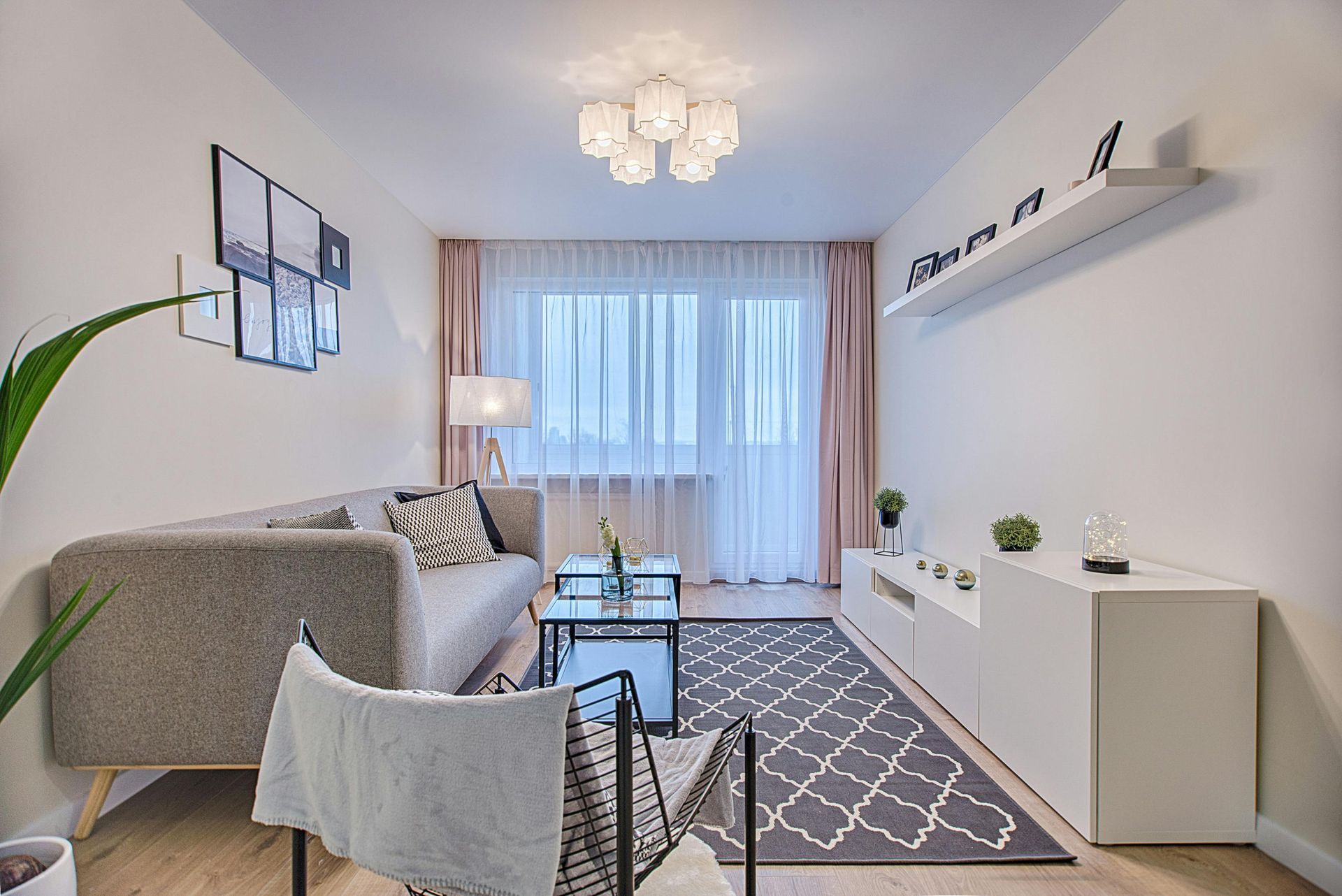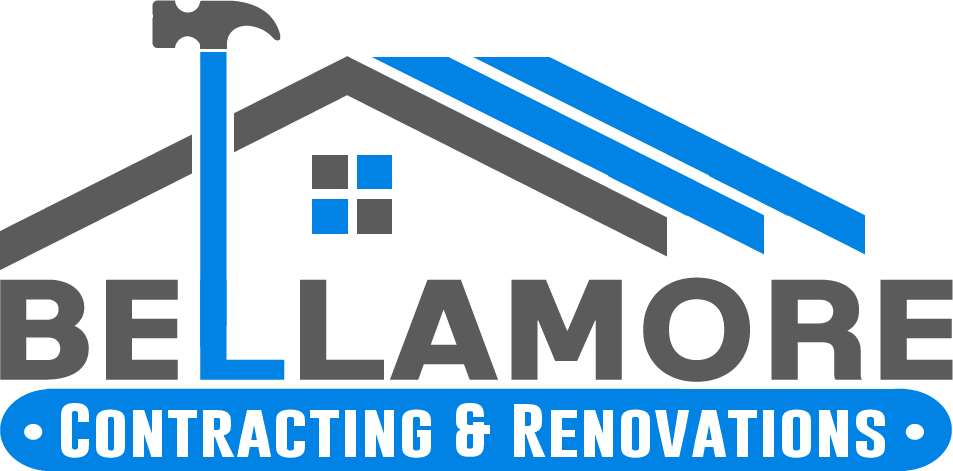Licensed (#RBC-21-01654) & Insured
Local References Available Upon Request
Licensed (#RBC-21-01654) & Insured | Local References Available Upon Request
Expanding Your Home with a Thoughtfully Designed Addition
A home should be a place of comfort, functionality, and adaptability. As families grow and lifestyles change, the need for additional space becomes more evident. Rather than moving to a new house, many homeowners choose home additions as a cost-effective way to enhance their living space without leaving the neighborhood they love. Whether you need an extra bedroom, a sunroom for year-round relaxation, or a second story to maximize square footage, a well-planned home addition can transform your property while increasing its overall value.
Types of Home Additions
Adding a room to your home can create more space for family members or guests while improving daily convenience. A bedroom addition provides a comfortable retreat for growing children, aging parents, or visitors. Extra bathrooms are also a common necessity, reducing household congestion and making mornings easier. Expanding family rooms or creating a larger living area provides more room for entertainment, gatherings, and relaxation.
Sunrooms and enclosed patios bring the outdoors in while offering climate-controlled comfort. These bright, airy spaces serve as perfect spots for morning coffee, reading, or simply enjoying natural light throughout the year. Sunrooms are ideal for homeowners who want to expand their space without undertaking a full-scale home addition.
For homeowners who need more space but don’t want to expand their home’s footprint, second-story additions provide a vertical solution. Whether adding an extra floor to accommodate bedrooms, a private office, or a recreation area, second-story additions significantly increase a home’s livable space. This option is particularly valuable in urban areas where lot sizes are limited.
Garage conversions turn underutilized spaces into functional living areas. A finished garage can serve as a guest suite, rental unit, gym, or home office. With proper insulation, flooring, and lighting, these areas seamlessly blend into the rest of the home.
In-law suites and guest houses provide private accommodations for extended family or short-term visitors. These additions can be attached to the main home or built as detached structures, offering independence while maintaining proximity. Many homeowners also use guest houses as rental properties to generate extra income.
Bump-outs and small expansions are excellent solutions for adding a bit of extra square footage to an existing space. Whether expanding a kitchen, dining room, or master suite, bump-outs provide the additional room needed for functionality without the cost and scale of a full addition.
A dedicated home office or studio is an increasingly popular home addition, especially for those who work remotely or need a creative space. Customizing a workspace with built-in storage, ergonomic design, and natural lighting enhances productivity and comfort.
Planning and Designing a Home Addition
The first step in planning a home addition is assessing the needs of the household. Identifying the primary purpose of the new space helps guide design decisions and ensures that the addition aligns with lifestyle priorities. Whether creating a peaceful retreat, a functional workspace, or an entertainment hub, a clear vision sets the foundation for success.
Architectural considerations play a significant role in designing an addition that blends seamlessly with the existing home. Matching rooflines, exterior materials, and design elements maintains curb appeal and ensures a cohesive look. Working with a professional architect or designer ensures that the new space enhances the home’s aesthetics while maximizing functionality.
Permits and zoning regulations must be considered before beginning construction. Each city and municipality has specific guidelines for home additions, including property line setbacks, height restrictions, and structural codes. Securing the necessary permits ensures that the project complies with local regulations and avoids potential legal issues.
Choosing the right materials is essential for both aesthetics and durability. Flooring, roofing, siding, and interior finishes should complement the home’s existing features while providing modern upgrades. Sustainable materials and energy-efficient windows and insulation can enhance long-term efficiency and reduce utility costs.
Energy efficiency and sustainability should be integrated into the design process. Adding energy-efficient lighting, smart thermostats, and eco-friendly building materials reduces the environmental impact and enhances indoor comfort. Proper insulation and ventilation also contribute to energy savings and a more comfortable living space.
The Home Addition Construction Process
The journey to expanding a home begins with an initial consultation and budgeting. Working with a contractor to set realistic expectations and financial plans helps homeowners stay on track throughout the project. A detailed budget includes costs for materials, labor, permits, and unexpected contingencies.
Site preparation and foundation work lay the groundwork for a successful addition. Whether building on an existing structure or starting from scratch, ensuring a solid foundation is crucial for structural integrity. Excavation, concrete pouring, and framing set the stage for the rest of the construction process.
Framing and structural development shape the new space, defining its layout and scale. Walls, roofs, and support beams are installed to create a sturdy framework. During this phase, plumbing, electrical, and HVAC systems are extended into the new addition to ensure seamless functionality.
Interior finishing and customization bring the space to life. Flooring, drywall, paint, and fixtures create a polished look that complements the rest of the home. Built-in shelving, custom cabinetry, and decorative elements add personality and functionality to the new area.
A final inspection and walkthrough ensure that the addition meets quality standards and homeowner expectations. Checking for proper insulation, plumbing, and electrical functionality guarantees that the space is move-in ready. Any final adjustments or touch-ups are completed before the project is officially finished.
Benefits of Hiring a Professional Contractor
A home addition is a major investment that requires expertise and precision. Hiring a professional contractor ensures that the new space integrates seamlessly with the existing home while meeting all safety and quality standards. Experienced builders bring knowledge of structural integrity, design consistency, and efficient construction methods.
Seamless integration is crucial for maintaining the overall aesthetic and functionality of a home. A well-designed addition should feel like a natural extension rather than an afterthought. Matching materials, roofing lines, and interior details create a cohesive transition between old and new spaces.
High-quality craftsmanship ensures that the addition is built to last. Professional contractors use superior materials and construction techniques to prevent common issues such as settling, uneven flooring, or poor insulation. Attention to detail guarantees a flawless final product.
Project management and timeliness keep the construction process on schedule. Contractors coordinate permits, inspections, and subcontractors, ensuring that each phase progresses smoothly. Avoiding delays and miscommunications helps homeowners move into their new space as planned.
Budget control and cost-efficiency prevent unexpected expenses. Contractors provide accurate estimates, identify potential cost-saving measures, and help homeowners make informed financial decisions. Proper planning reduces the risk of overspending while maintaining quality.
Access to expert resources and materials allows homeowners to benefit from premium products at competitive prices. Contractors have established relationships with suppliers, giving clients access to high-quality materials and exclusive design options.
Home Addition Trends and Ideas
Multi-functional spaces are gaining popularity, with homeowners designing rooms that serve multiple purposes. A guest bedroom that doubles as a home office or a playroom with built-in storage maximizes versatility and efficiency.
Indoor-outdoor living continues to be a major trend. Expanding entertainment areas with seamless transitions to outdoor patios, decks, and fire pits enhances the overall lifestyle experience.


